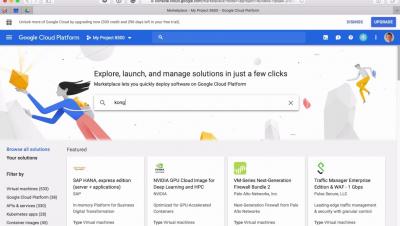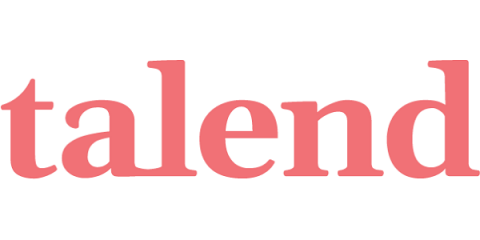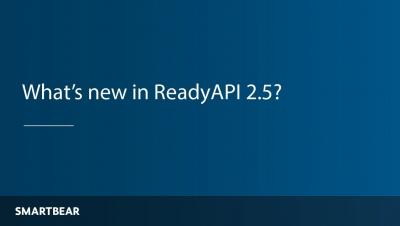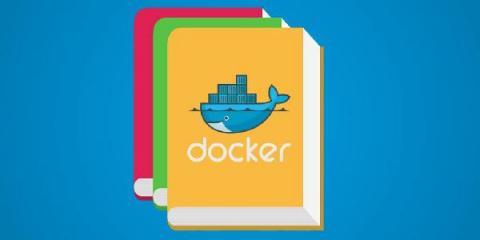Systems | Development | Analytics | API | Testing
Containers
Kong on Google Kubernetes Engine
Making the Bet on Open Source
Today, Docker or Kubernetes are obvious choices. But, back in 2015, these technologies were just emerging and hoping for massive adoption. How do tech companies make the right open source technology choices early?
Putting the Testing Back into Building, Shipping, and Running with Docker in ReadyAPI 2 5
Overview: Talend Server Applications with Docker
Since the release of Talend 7, a major update in our software, users have been given the ability to build a complete integration flow in a CI/CD pipeline which allows to build Docker images. For more on this feature, I invite you to read the blog written by Thibault Gourdel on Going serverless with Talend through CI/CD and Containers.
Going Serverless with Talend through CI/CD and Containers
Continuous integration, delivery and deployment, known as CI/CD, has become such a critical piece in every successful software project that we cannot deny the benefits it can bring to your project. At the same time, containers are everywhere right now and are very popular among developers. In practice, CI/CD delivery allows users to gain confidence in the applications they are building by continuously test and validate them.
Kubernetes Ingress Controller for Kong
How to containerize your integration jobs with one click with Talend and Docker
Talend Data Integration is an enterprise data integration platform that provides visual design while generating simple Java. This lightweight, modular design approach is a great fit for containers. In this blog post, we’ll walk you through how to containerize your Talend job with a single click. All of the code examples in this post can be found on our Talend Job2Docker Git repository. The git readme also includes step-by-step instructions.
How to Manage Access to 3rd Party Resources in Kubernetes with Helm
Kubernetes provides the ability to easily deploy and run containerized applications in cloud, on-premise, or hybrid environments. Kubernetes has gained a lot of attention recently and it has become a platform for innovation in containerized applications. One technology which has probably helped Kubernetes grow a lot is Helm, which provides the means to package, install, and manage Kubernetes applications.
Docker Tutorial: Get Going From Scratch
Docker is a platform for packaging, deploying, and running applications. Docker applications run in containers that can be used on any system: a developer’s laptop, systems on premises, or in the cloud. Containerization is a technology that’s been around for a long time, but it’s seen new life with Docker. It packages applications as images that contain everything needed to run them: code, runtime environment, libraries, and configuration.







